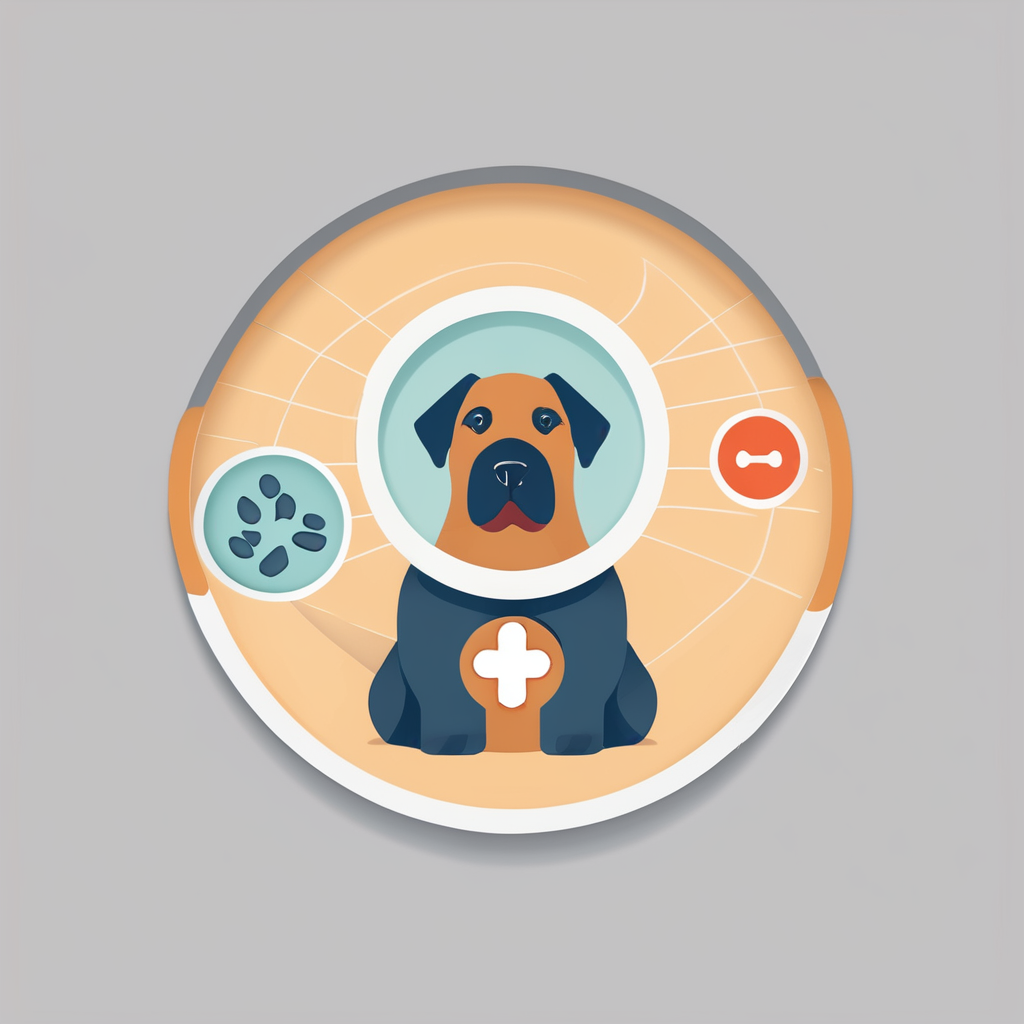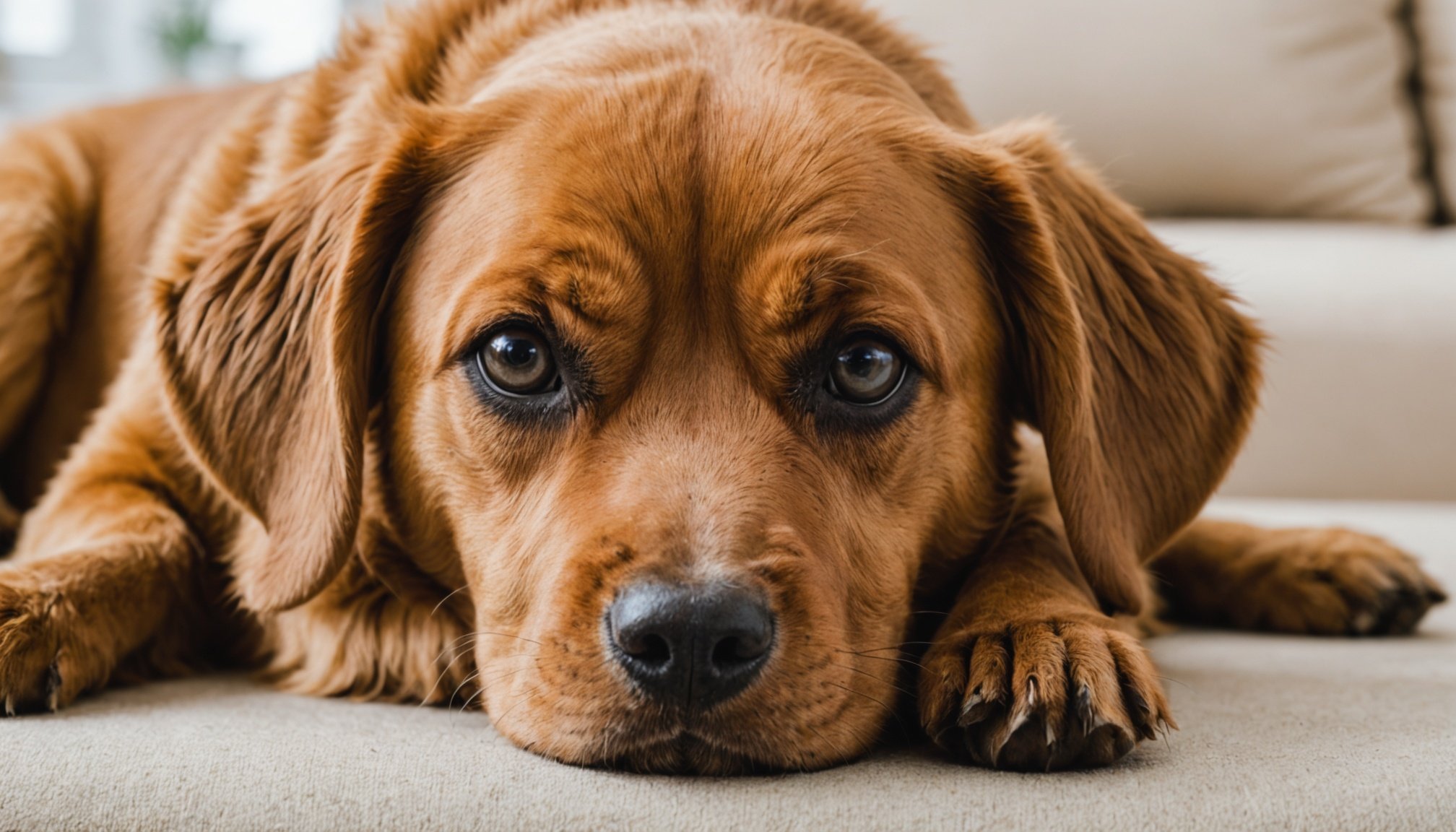Separation anxiety in dogs is a common issue that many pet owners face. Understanding this behavior is essential for ensuring the well-being of your furry friend. Dogs are social animals that thrive on companionship, and when they are left alone, they can experience signs of anxiety. In this article, we will explore how to recognize the signs of separation anxiety in your dog, the reasons behind this behavior, and effective ways to help your pet feel more comfortable when you leave the house. By employing proper training techniques and providing your dog with the right tools, you can create a happier environment for both you and your beloved pet.
Recognizing the Signs of Separation Anxiety
To effectively address separation anxiety, it’s crucial to first recognize the signs your dog may display when you are about to leave or after you have departed. Dogs exhibit various behaviors in response to feeling anxious or stressed due to being left alone. Understanding these indicators can help you differentiate between typical behaviors and those that suggest a deeper anxiety issue.
This might interest you : How do I prepare my dog for a trip to the groomer to ensure a positive experience?
Common signs of separation anxiety can include excessive barking or howling, destructive chewing, scratching at doors or windows, and even attempts to escape. Some dogs may become overly clingy, following you from room to room as you prepare to leave. Others may show signs of distress, such as drooling, pacing, or having accidents in the house when they are left alone.
It’s important to observe your dog’s behavior both before and after you leave the house. If your pet exhibits signs of anxiety the moment you start to get ready to leave, this is a clear indicator of separation anxiety. Also, if your dog seems agitated and restless when left alone, it further confirms that they are struggling with this emotional issue.
Also read : The definitive handbook: top techniques for control shedding in your thick-coated siberian husky
Keep in mind that not all dogs will display the same signs. Some may hide in their crate or a corner of the house, while others may become aggressive or destructive. Identifying these behaviors early can help you take the necessary steps to alleviate your dog’s anxiety and prevent it from escalating. Remember, addressing these behaviors early on is crucial; the longer you wait, the harder it can become to change their anxious behavior.
Understanding the Causes of Separation Anxiety
Understanding why your dog experiences separation anxiety is vital to finding an effective solution. Several factors can contribute to a dog developing this condition, and recognizing these can guide your approach to training and support.
One common cause is a lack of proper socialization during the puppy stage. Dogs that have not been adequately exposed to different environments, people, and experiences may struggle with separation later in life. Similarly, changes in the household, like moving to a new home, the loss of a family member, or even the arrival of a new pet can trigger anxiety in dogs that are sensitive to changes in their environment.
Additionally, some breeds are more prone to separation anxiety due to their loyal and social nature. For example, breeds like Labrador Retrievers, Border Collies, and Bichon Frises are known for their strong attachment to their owners. If you have a dog with a predisposition for anxiety, it’s essential to be proactive in your training efforts.
Another contributing factor to separation anxiety is the dog’s past experiences. Dogs that have been abandoned or rehomed multiple times often carry emotional scars that can lead to anxiety when left alone. In these cases, it’s crucial to build trust and provide consistent routines to help your pet feel secure.
Ultimately, understanding the underlying causes of your dog’s separation anxiety is essential for implementing appropriate help strategies. By addressing these root causes, you can create a more stable environment that encourages your dog to feel safe, even when they are left home alone.
Effective Training Techniques to Alleviate Anxiety
Once you have identified the signs and understood the causes of separation anxiety in your dog, the next step is implementing effective training techniques to alleviate their distress. Consistency is key in helping your dog learn to cope with being left alone.
One of the most effective strategies is gradual desensitization. This technique involves helping your dog become accustomed to being alone for short periods before gradually increasing the time you leave them. Start by leaving your dog alone for just a few minutes, then gradually extend the duration. Always return before your dog becomes distressed. This approach helps them learn that you will return and that being alone is not something to fear.
Another effective method is crate training. A crate can serve as a safe space for your dog, providing them with a comforting environment when you leave the house. Ensure that the crate is a positive place by introducing it with toys, treats, and comfortable bedding. Never use the crate as a form of punishment, as this can exacerbate anxiety.
You can also use interactive toys that dispense treats or puzzle toys to keep your dog occupied while you are away. These toys can help distract your dog and make the time spent alone more enjoyable. Providing mental stimulation can reduce feelings of loneliness and help relieve some of their anxiety.
Additionally, establishing a consistent routine can help your dog feel more secure. Dogs are creatures of habit, and knowing what to expect can reduce their anxiety levels. Try to maintain regular feeding times, walks, and playtime, so your dog knows when they can expect you to return.
Ultimately, patience and understanding are essential in this process. Separation anxiety can take time to resolve, and every dog is different. By employing effective training techniques and giving your pet the support they need, you can help them feel more at ease when left alone.
Using Tools and Resources to Support Your Dog
In addition to training, there are various tools and resources you can utilize to support your dog through their separation anxiety. These can complement your training efforts and provide additional comfort to your furry friend.
Consider using calming products such as anxiety wraps or vests. These garments apply gentle, constant pressure, which can have a soothing effect on dogs experiencing anxiety. Many pet owners have found success with these products, as they can reduce nervous behaviors and help their dogs relax.
You could also explore pheromone diffusers or sprays. These releases mimic the natural calming pheromones that mother dogs produce to soothe their puppies. By creating a calm environment, these products can help alleviate some signs of anxiety when you are away.
Additionally, there are several supplements and natural remedies available that may help with your dog’s anxious behaviors. Ingredients such as L-Theanine, chamomile, or valerian root can promote relaxation and reduce stress. However, it’s essential to consult your veterinarian before introducing any new supplements to ensure they are safe and appropriate for your dog’s specific needs.
Another considerable resource is training classes or professional help. If your dog’s anxiety is severe or you feel overwhelmed, don’t hesitate to seek assistance from a certified dog trainer or a veterinary behaviorist. These professionals can provide tailored strategies that cater to your dog’s unique situation and help you navigate the challenges of separation anxiety.
Using these tools and resources in conjunction with your training can provide a multi-faceted approach to addressing your dog’s separation anxiety. Remember, the goal is to create a safe and secure environment that fosters confidence and reduces feelings of loneliness.
Addressing separation anxiety in dogs requires a combination of understanding, training, and support. By recognizing the signs, understanding the underlying causes, and implementing effective techniques, you can help your dog feel more secure when left alone. Utilizing tools and resources can further enhance your efforts, ensuring that your pet has the best chance of overcoming their anxiety.
Separation anxiety can be a challenging issue to navigate as a pet owner, but with patience and commitment, you can create a positive environment for your dog. Remember, every dog is unique, and what works for one may not work for another. Your dedication to your pet’s well-being will ultimately lead to a happier, more confident dog. By investing time and effort into their emotional health, both you and your furry friend can enjoy a more peaceful and fulfilling relationship.









